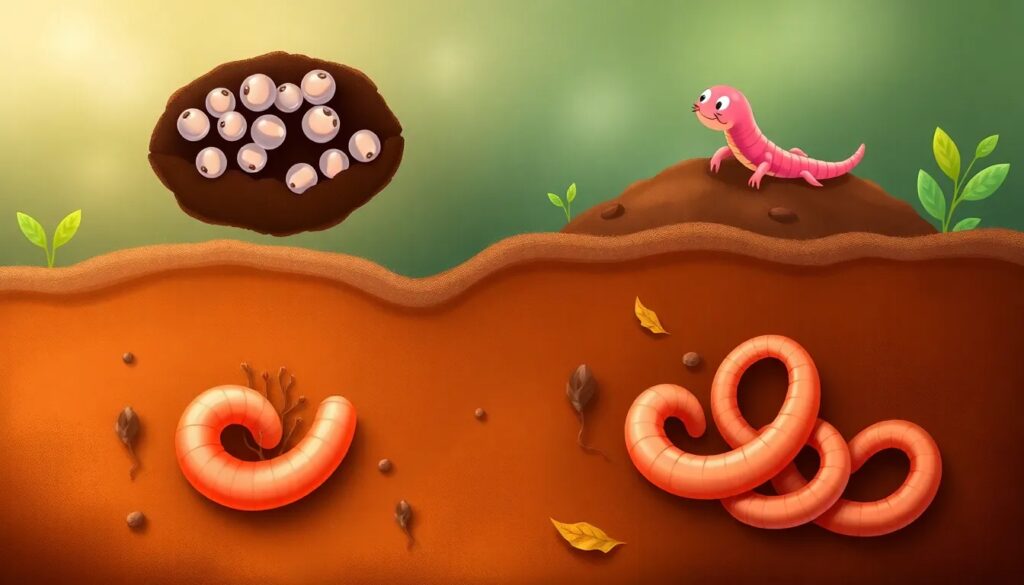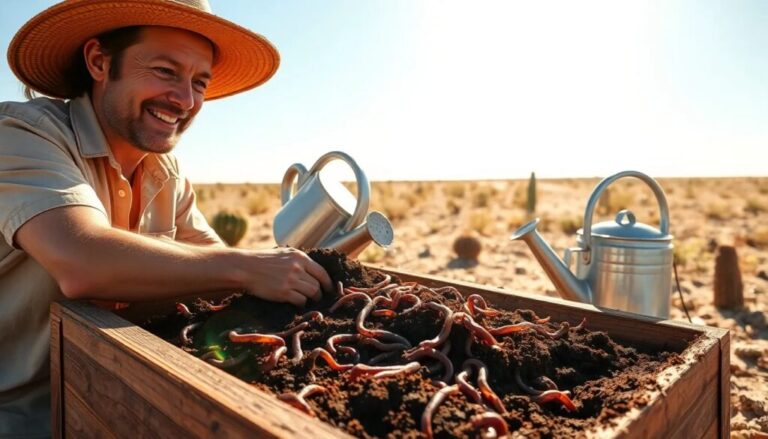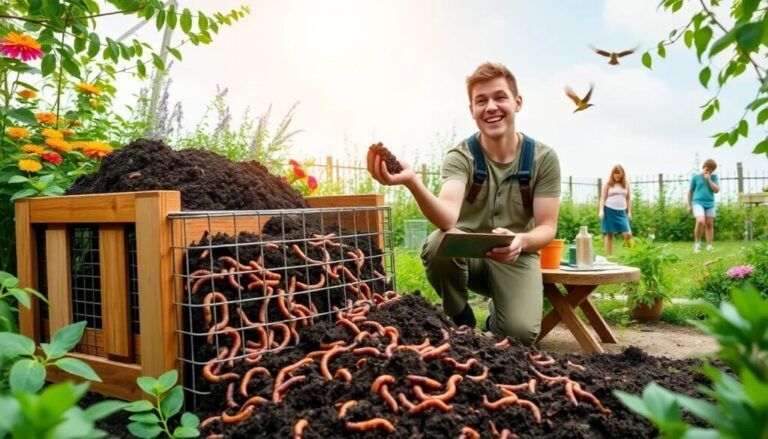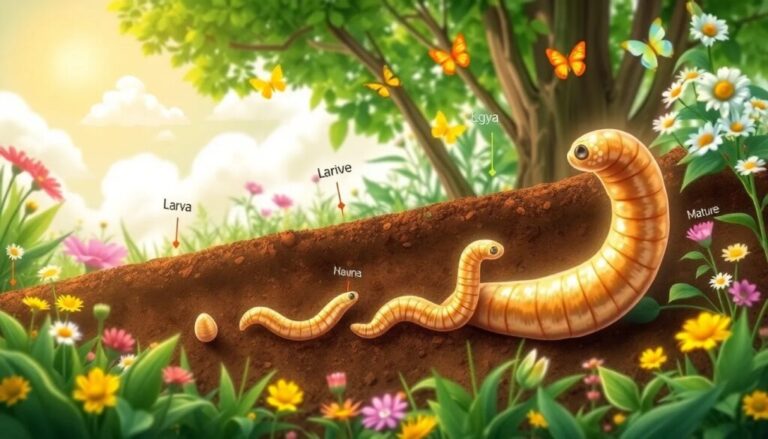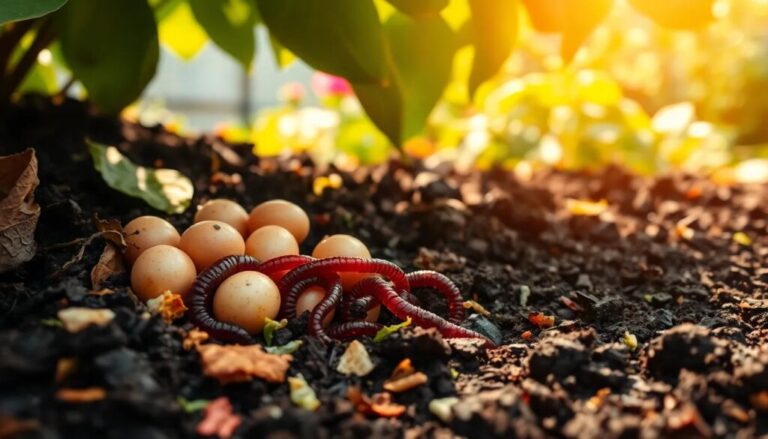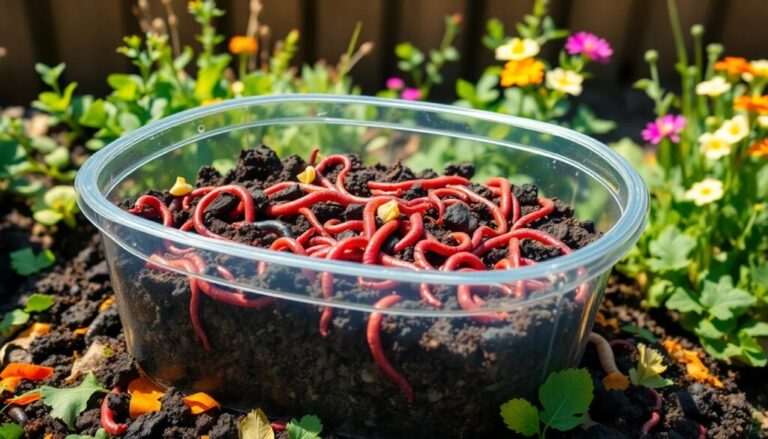Worm life cycle and reproduction 101
Worms are fascinating creatures that play a vital role in maintaining healthy ecosystems. Understanding their life cycle and reproduction is crucial for anyone interested in gardening, composting, or environmental science. In this article, we will explore various aspects of the worm life cycle and reproduction, focusing on key species like Eisenia fetida and their importance in soil health.
What is the worm life cycle and why is it important?
The worm life cycle consists of several stages, each playing a significant role in their environmental impact. Worms, particularly the common earthworm, undergo a transformative process that begins with the egg stage. Understanding the life cycle is essential for gardening and composting, as it helps us appreciate their contribution to nutrient cycling.
The typical life cycle of worms includes the following stages:
- Egg Stage: Worms lay eggs in cocoons that contain several embryos.
- Juvenile Stage: After hatching, young worms emerge and begin to grow.
- Adult Stage: Once they mature, they can reproduce, starting the cycle anew.
Each stage is vital for maintaining soil health and nutrient-rich environments. Worms contribute to soil aeration and the decomposition of organic matter, creating a balanced ecosystem.
How do worms reproduce step by step?
Worm reproduction is a fascinating process due to their hermaphroditic nature. This means that each worm has both male and female reproductive organs, allowing for greater reproductive flexibility. The reproduction process generally includes the following steps:
1. Mating: Two worms align their bodies and exchange sperm. This process can take several hours.
2. Cocoon formation: After mating, each worm produces a cocoon that contains the fertilized eggs. The cocoon is usually formed from a secretion of the clitellum, a thickened band around the worm’s body.
3. Embryo development: The fertilized eggs develop inside the cocoon. Depending on environmental conditions, this stage can last from two weeks to several months.
4. Hatching: Once mature, juvenile worms hatch from the cocoon and are independent from birth.
Worms can reproduce as early as a month of age, significantly contributing to their populations, especially in composting systems.
What is the reproductive cycle of a worm?
The reproductive cycle of a worm involves a series of predictable and well-defined stages. Starting from the moment they reach sexual maturity, worms can begin to reproduce, contributing to their population dynamics.
The cycle includes:
- Initial Maturity: Worms reach sexual maturity around four to six weeks after hatching.
- Regular Mating: They can mate multiple times throughout their lives, with females able to store sperm for future fertilization.
- Cocoon Production: After mating, they can produce cocoons approximately every two weeks, depending on conditions.
Understanding the reproductive cycle is essential for anyone looking to maintain healthy worm populations in their gardens or compost bins.
How long do red wigglers take to reproduce?
Red wigglers, or Eisenia fetida, are particularly known for their rapid reproduction rates. Under optimal conditions, they can produce cocoons every two to three weeks.
Typically, the timeline for red wigglers to reproduce is as follows:
– Cocoon Development: After mating, the cocoons take around 2 to 3 weeks to hatch.
– Juvenile Growth: The young worms can grow rapidly, reaching maturity in about 4 to 6 weeks.
– Reproductive Potential: Once mature, they can start reproducing, continuing the cycle.
This quick reproductive capability makes red wigglers a favorite in composting systems.
How long does it take for nightcrawlers to multiply?
Nightcrawlers, or Lumbricus terrestris, have a different reproductive dynamic compared to red wigglers. Their reproduction process is somewhat slower, taking between 60 to 90 days for juvenile worms to reach maturity.
The timeline for nightcrawlers includes:
- Egg Development: Nightcrawlers lay cocoons that typically take around 3 weeks to hatch.
- Growth Phase: Once hatched, young nightcrawlers take longer to grow compared to red wigglers, often requiring 6 to 8 weeks to mature.
- Mating Frequency: Once they reach adulthood, they can mate multiple times, producing new cocoons.
This extended timeline contrasts with the much quicker reproduction of red wigglers, highlighting the diversity in worm reproduction.
What are the key stages in the worm life cycle?
The worm life cycle can be broken down into several key stages, each contributing to their ecological role. Understanding these stages is crucial for effective management in gardens and compost:
1. Egg Stage: The lifecycle begins with the formation of cocoons, where eggs develop.
2. Juvenile Stage: Young worms emerge from cocoons and start to feed on organic material.
3. Adult Stage: Mature worms are capable of reproduction, beginning the cycle again.
Each stage plays a critical role in nutrient cycling and soil health. Worms help decompose organic matter, thus enriching the soil and making nutrients available for plants.
How does vermicomposting benefit from worm reproduction?
Vermicomposting, the process of using worms to decompose organic waste, greatly benefits from the reproductive capabilities of worms. The efficient reproduction of species like Eisenia fetida leads to several advantages:
- Enhanced Nutrient Production: More worms mean more castings, which are nutrient-rich and beneficial for plants.
- Rapid Waste Decomposition: A higher worm population accelerates the breakdown of organic material.
- Soil Aeration: Increased worm activity improves soil structure and aeration, promoting healthy plant growth.
Through effective management of worm populations, gardeners can create sustainable systems that enhance both productivity and ecological health.
Questions related to the life cycle and reproduction of worms
How do worms reproduce step by step?
Worms reproduce through a unique process that includes mating and cocoon formation. Their hermaphroditic nature allows them to exchange sperm with another worm, resulting in the creation of cocoons that house fertilized eggs. The development of these eggs into juvenile worms is a critical phase in the reproductive cycle.
What is the reproductive cycle of a worm?
The reproductive cycle encompasses growth from juvenile to adult stages. Worms reach sexual maturity at about four weeks and can reproduce multiple times throughout their lives. The cycle begins anew with the production of cocoons that contain developing embryos, allowing for the continuation of the population.
How long do red wigglers take to reproduce?
Red wigglers reproduce rapidly, with the ability to produce cocoons every two to three weeks. The cocoons take about two to three weeks to hatch, and the juvenile worms mature in roughly four to six weeks, allowing for quick population increases in suitable environments.
How long does it take for nightcrawlers to multiply?
Nightcrawlers generally take longer than red wigglers to reproduce. Their cocoons take about three weeks to hatch, and the juvenile worms require approximately six to eight weeks to reach maturity, resulting in a slower population growth compared to other worm species.

